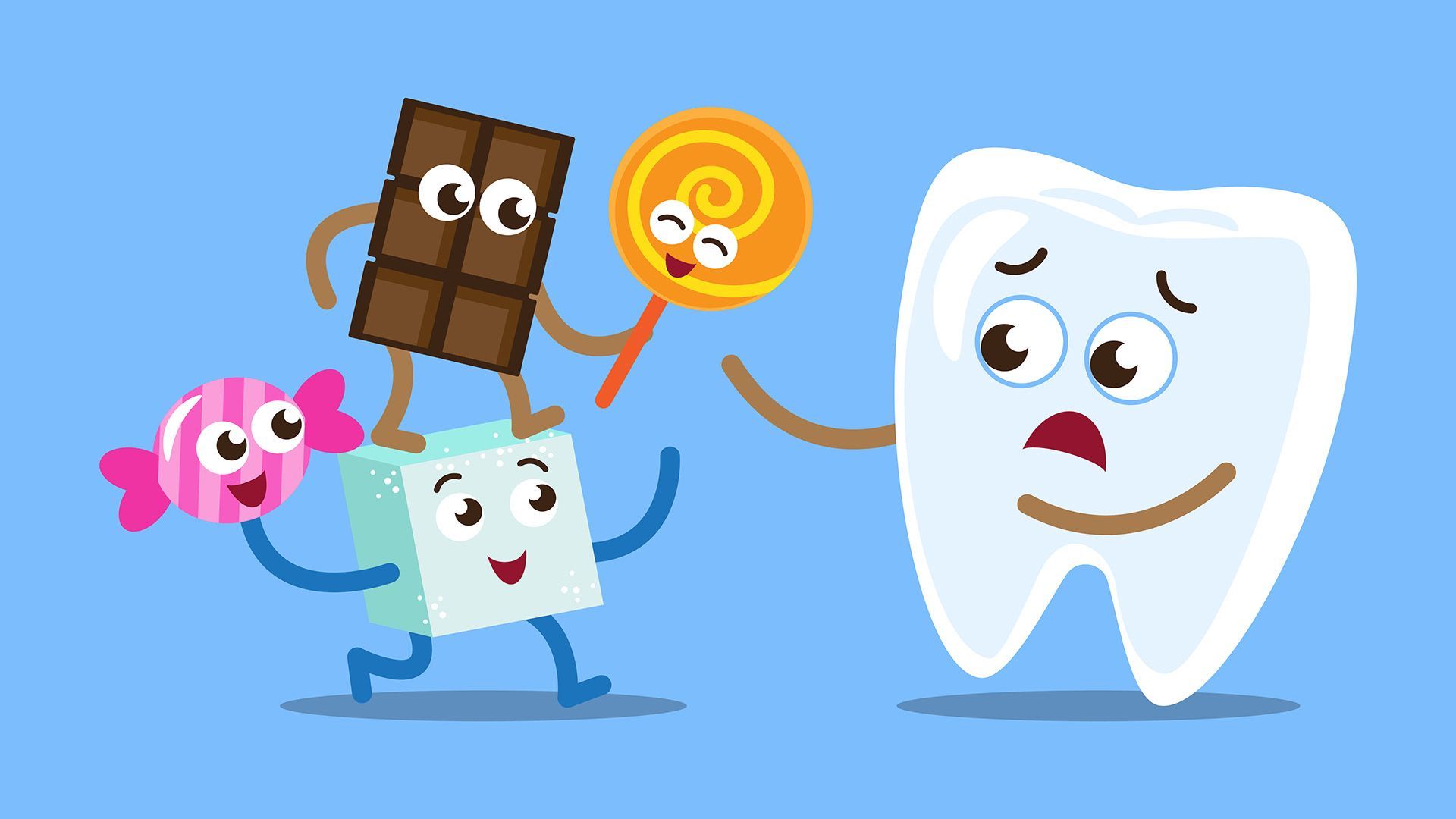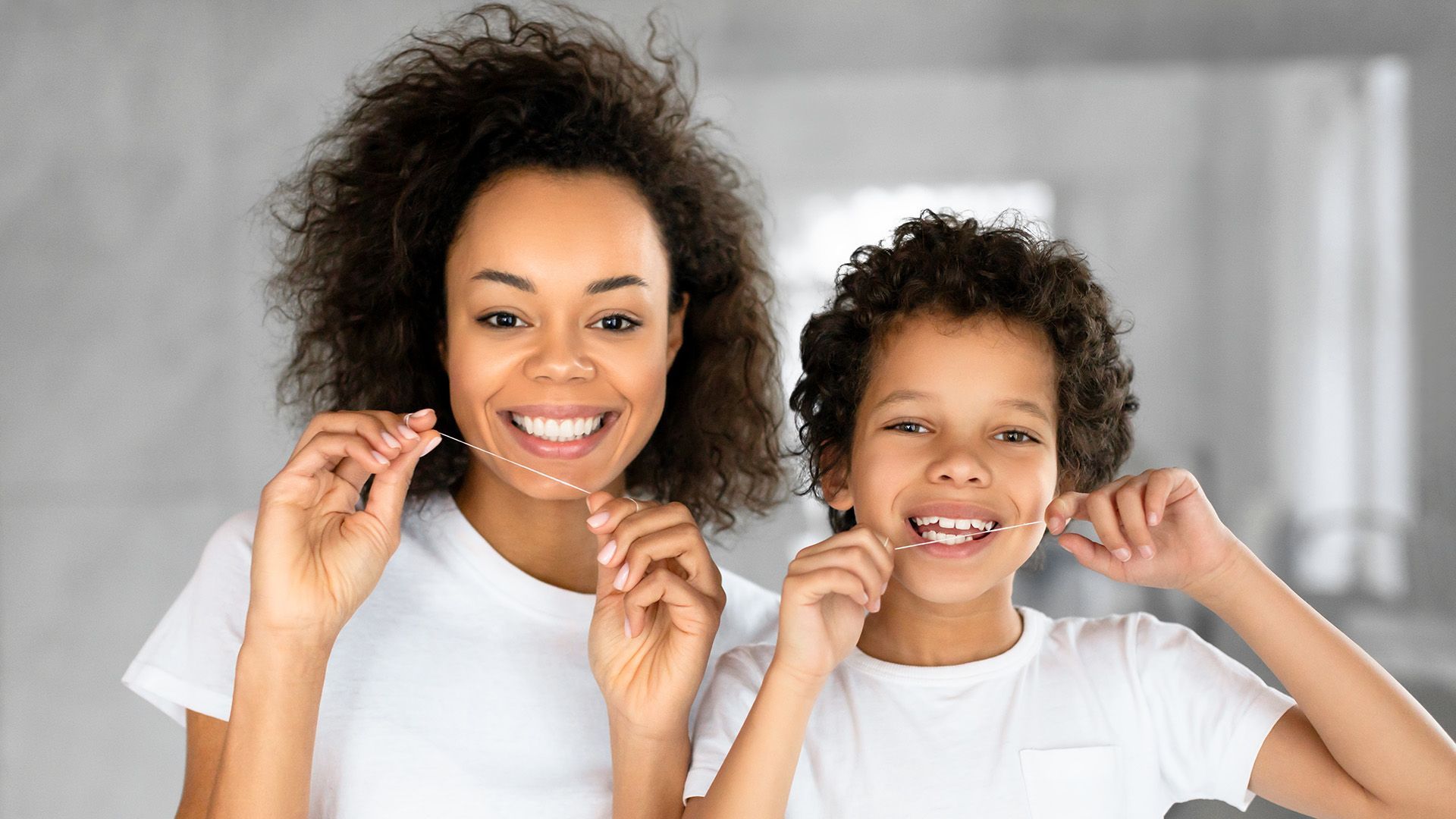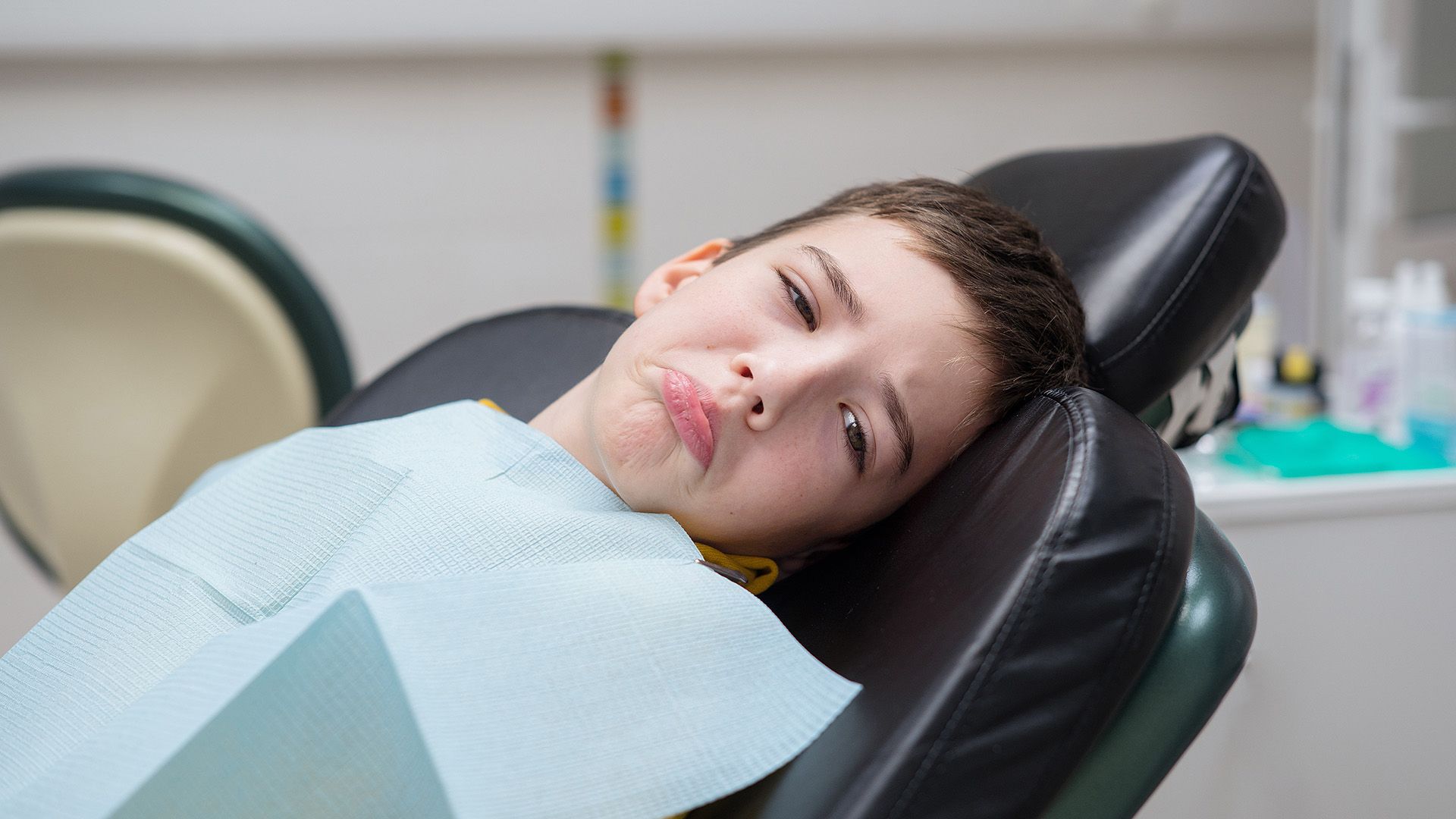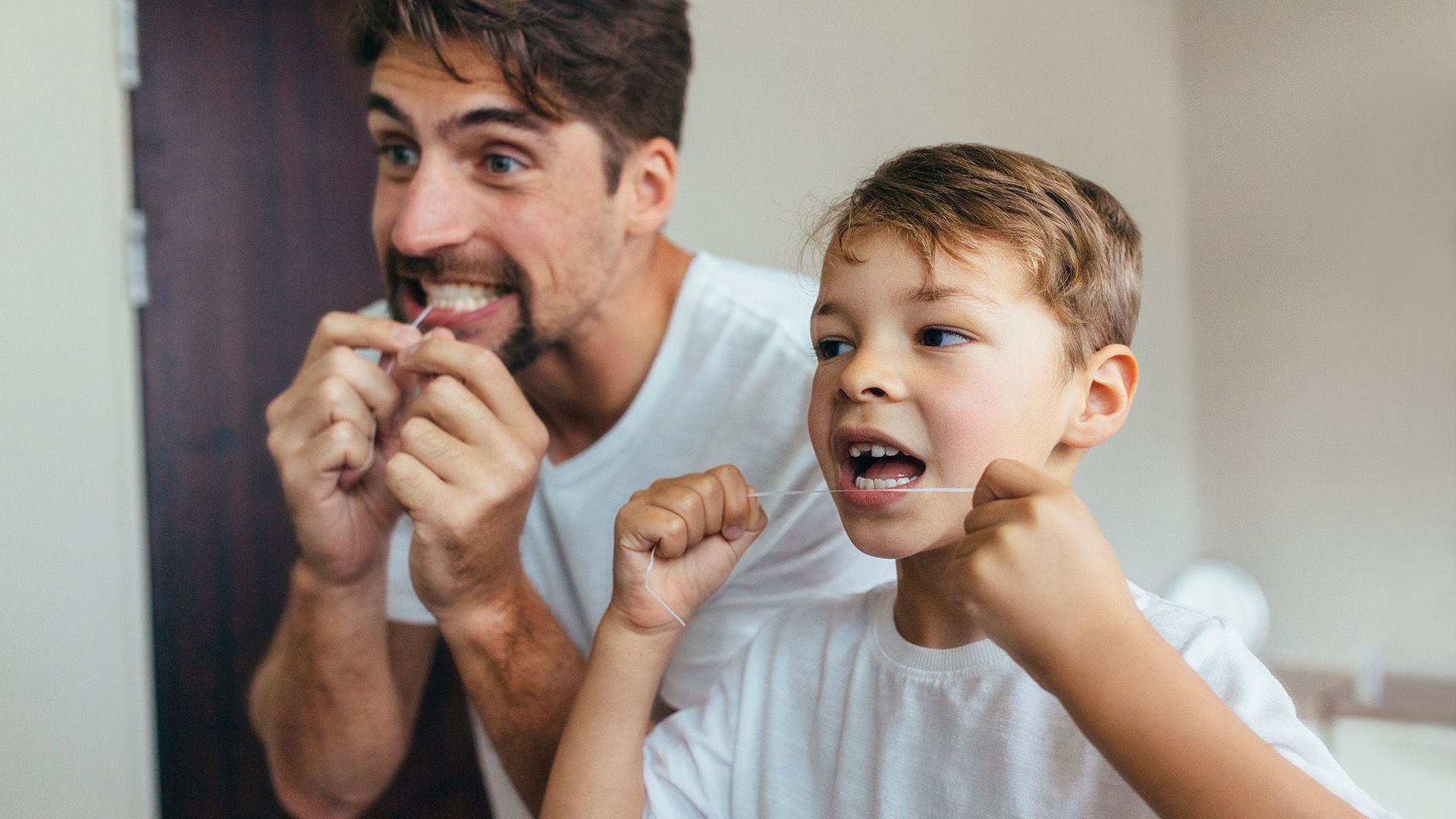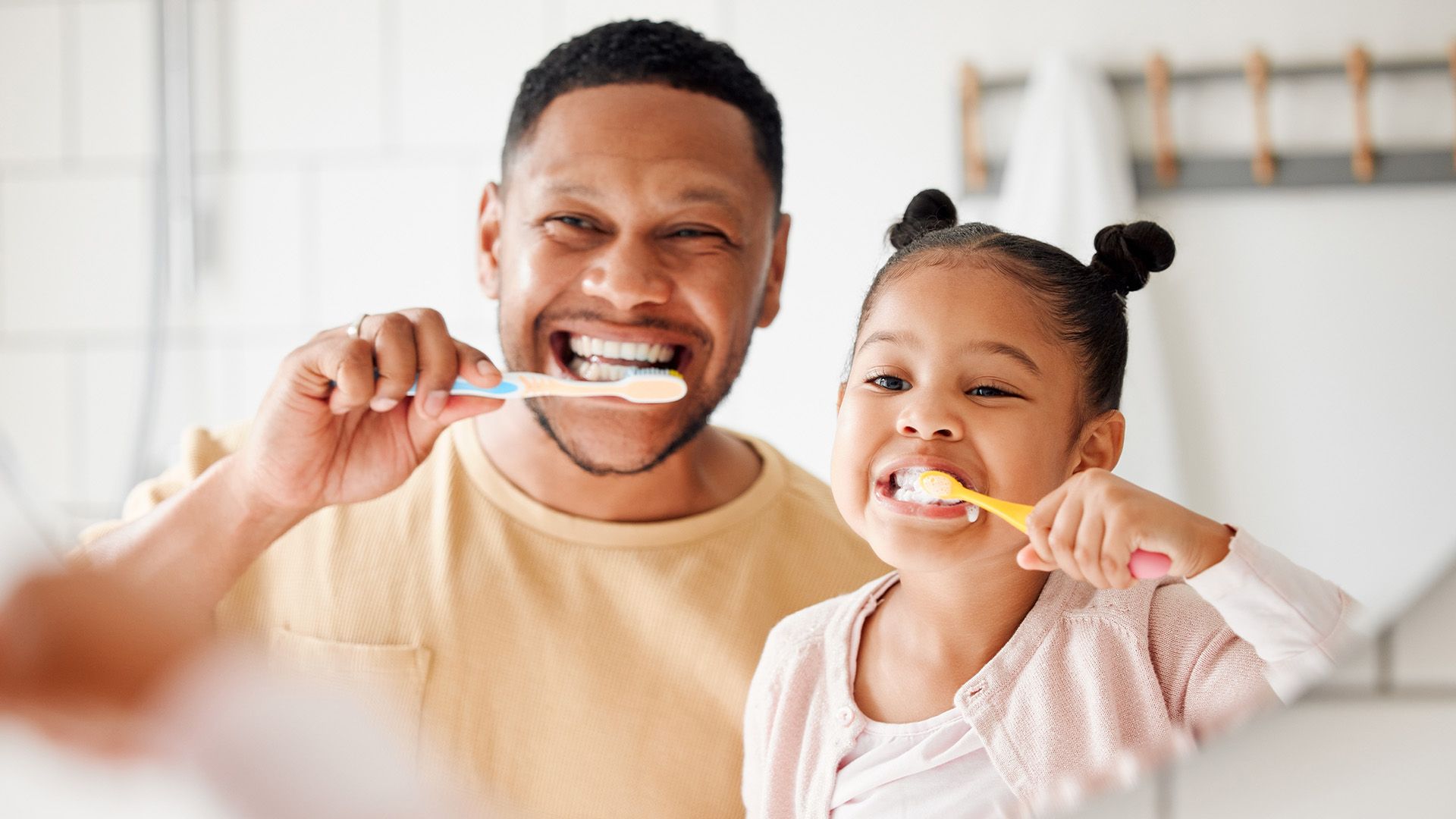How to Explain the Importance of Flossing to Kids
Knowing how to explain the importance of flossing to kids is vital for their dental health. As parents and caregivers, we have a crucial role in nurturing good oral hygiene habits early. The importance of flossing lies in its ability to remove food particles and plaque from between teeth, preventing cavities and gum disease. However, children may not naturally grasp why flossing is important. This guide offers effective methods to convey the importance of flossing, the right time to introduce it into your child's routine, and practical tips for teaching them proper techniques. Together, we can make flossing a fun and essential part of your child's dental care regimen.
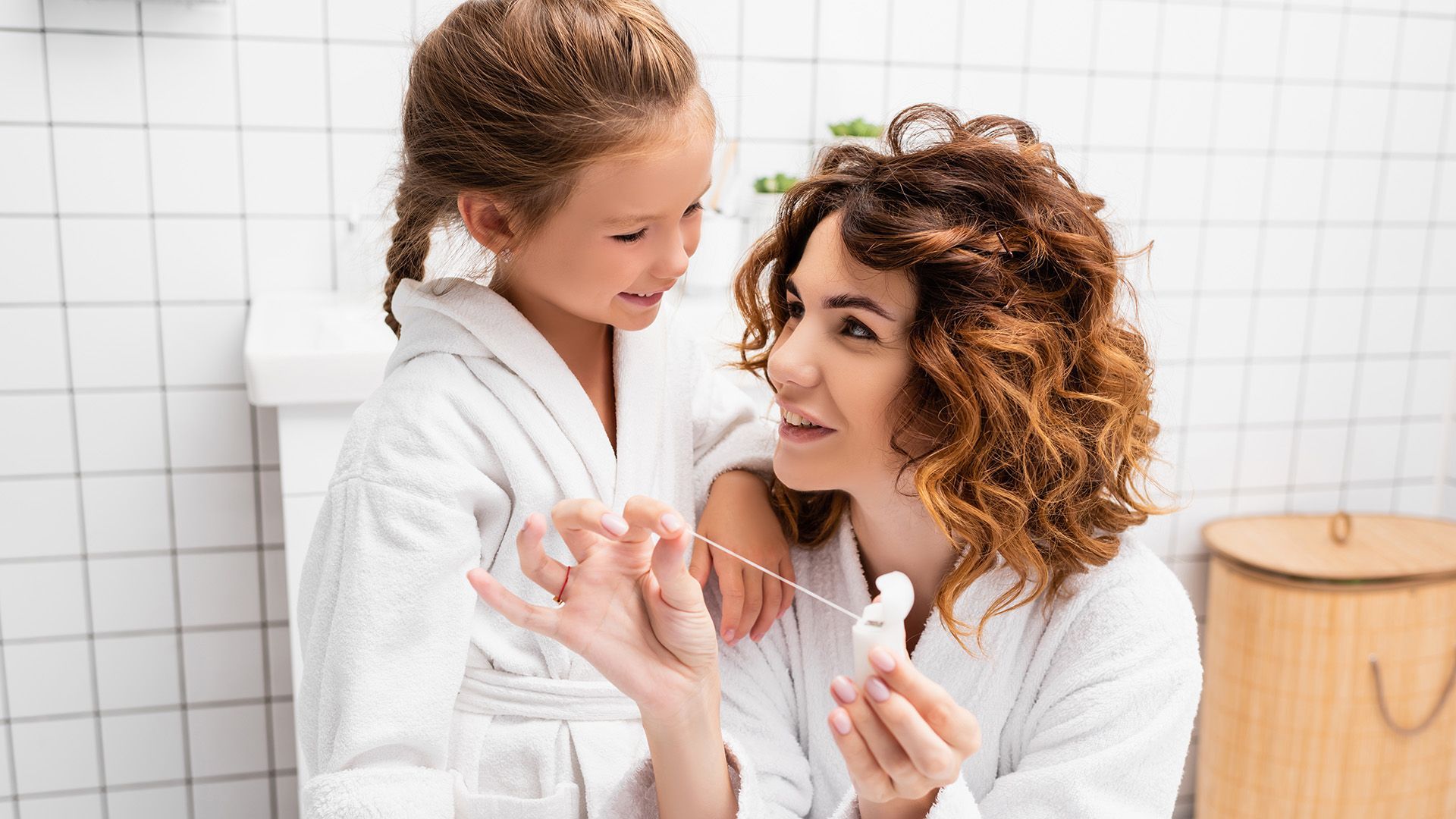
Why Flossing Matters
Understanding how to explain the importance of flossing to kids is pivotal in preventing cavities, especially for children who are more susceptible to dental issues. While brushing cleans the tooth surfaces, it often misses the tight spaces between them where food and plaque can accumulate, leading to tooth decay if neglected. The importance of flossing in a child's daily routine lies in its ability to eliminate debris and plaque from these challenging spots, significantly lowering the risk of cavities.
Beyond cavity prevention, the importance of flossing enhances overall oral health. Regular flossing contributes to a balanced oral environment, ensuring strong teeth and fresh breath—a vital aspect for kids interacting with peers. By teaching children the importance of flossing early, we instill healthy habits that can last a lifetime.
Flossing also plays a critical role in maintaining healthy gums. Plaque buildup along the gum line can lead to gum disease, causing inflammation and bleeding. Daily flossing keeps gums clean and healthy, preventing issues like gingivitis. Emphasizing the link between flossing and gum health helps children understand that oral care extends beyond brushing and is fundamental to their overall well-being.
When to Introduce Flossing
Introducing flossing is a significant step in your child's dental hygiene routine, and timing is crucial. The American Dental Association suggests starting flossing when a child's teeth begin to touch, typically around age 2 to 3, although individual development varies. Assessing your child's dental growth and consulting with a pediatric dentist will help determine the right timing.
Signs your child is ready for flossing include the presence of adjacent teeth and an increased understanding of dental care's importance. If your child is already brushing twice daily and can follow simple instructions, they may be prepared to incorporate flossing. Observing your child's interest in dental hygiene, such as curiosity about your flossing habits, can signal readiness.
Transitioning from brushing to flossing can be smooth and enjoyable. Demonstrate how to use dental floss, turning the activity into a fun experience rather than a chore. Use a patient, gentle approach, encouraging your child to practice flossing with you. Kid-friendly flossers, easy for little hands to manage, can make the process more accessible. Reinforce the importance of flossing by explaining how it keeps their teeth healthy and bright, like their favorite superheroes! By introducing flossing early, you foster lifelong healthy habits.
How to Teach Your Child to Floss
Teaching your child to floss is essential for maintaining good oral hygiene. Begin by demonstrating the proper technique: take about 18 inches of dental floss, wrap the ends around your middle fingers, and leave a few inches in between. Guide your child to hold the floss tightly between their thumbs and index fingers, showing them how to gently slide it between their teeth, curving it in a C-shape around each tooth to remove plaque and food particles.
Using visual aids can simplify and enhance the learning process. Consider using a flossing chart or a video illustrating the correct technique. Children often respond well to visual demonstrations, so don’t hesitate to repeat until they feel confident. You can also use plush toys or dolls to act out flossing, making it relatable and enjoyable.
Incorporate flossing into your child's daily routine by turning it into a game. Set a timer for two minutes and challenge them to floss as many teeth as possible within that period. Colorful, kid-friendly flossers or flavored dental floss can make the experience more appealing. Reward consistent flossing with stickers or extra storytime. By integrating these fun elements, you not only teach how to explain the importance of flossing to kids but also help them value flossing while ensuring their dental health.
Common Challenges and Solutions
Teaching kids about the importance of flossing may present challenges, such as addressing fears or discomfort. Children might feel anxious about flossing, particularly if it's unfamiliar. Ease their fears by demonstrating the flossing technique yourself, using a puppet or stuffed animal for illustration. Make it a fun activity, not a chore, reassuring them that feeling strange at first is normal.
Encouraging consistent flossing habits can also be challenging. To help your child develop a routine, incorporate flossing into their daily schedule, akin to brushing. Use a reward system where they earn stickers or small prizes for regular flossing, making the habit more appealing and fostering a sense of responsibility for their oral health.
Bleeding gums during flossing can be alarming for kids. Explain that this might occur if they’re not used to flossing regularly or if their technique is improper. Encourage gentleness and flossing between every tooth. If bleeding persists, reassure them it’s typically not a concern, but if it continues for over a week, consult their dentist. Regular flossing will improve gum health over time, minimizing discomfort.



